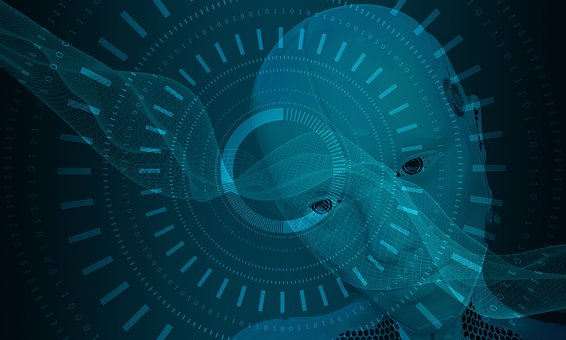
A new brain-inspired architecture handle increased data loads with artificial intelligence
Introduction:
IBM analysts are building up another PC engineering, better prepared to deal with expanded information loads from man-made reasoning. Their plans draw on ideas from the human mind and essentially locomote customary PCs in relative investigations. They give an account of their ongoing discoveries in the Journal of Applied Physics, from AIP Publishing.
Structure:
The present PCs are based on the von Neumann engineering, created in the 1940s. Von Neumann figuring frameworks include a focal processor that executes input and output devices, logic and arithmetic, a memory unit and storage. Dissimilar to the stovepipe parts in ordinary PCs, the creators recommend that brain propelled PCs could have memory units and coinciding handling.
Abu Sebastian, a creator on the paper, clarified that executing certain computational undertakings in the PC’s memory would build the framework’s productivity and spare vitality.
“On the off chance that you take a glance at people, we figure with 20 to 30 watts of intensity, though AI today depends on supercomputers which keep running on kilowatts or megawatts of intensity,” Sebastian said. “In the mind, neurotransmitters are both registering and putting away data. In another design, going past von Neumann, memory needs to assume a more dynamic job in processing.”
The IBM group drew on three distinct levels of motivation from the brain. The principal level attempts a memory gadget’s state elements to perform computational assignments in the memory itself, like how the mind’s memory and preparing are co-found. The second level draws on the brain’s synaptic system structures as motivation for varieties of stage change memory (PCM) gadgets to quicken preparing for profound neural systems. In conclusion, the dynamic and stochastic nature of neurons and neurotransmitters motivated the group to make a great computational substrate for spiking neural systems.
Stage change memory is a nanoscale memory gadget worked from mixes of Ge, Te and Sb sandwiched between plates. These mixes display diverse electrical properties relying upon their nuclear plan. For instance, in a disorganized stage, these materials display high resistivity, though in a crystalline stage they indicate low resistivity.
By applying electrical heartbeats, the scientists regulated the proportion of material in the crystalline and the unstructured stages so the stage change memory gadgets could assist a continuum of electrical obstruction or conductance. This storage of analog better takes after nonbinary, organic neural connections and empowers more data to be put away in a solitary nanoscale gadget.
Sebastian and his IBM partners have experienced shocking outcomes in their near investigations on the productivity of these proposed frameworks. “We constantly anticipated that these frameworks would be vastly improved than regular processing frameworks in a few trials.”
A year ago, they ran an unsupervised machine learning calculation on a regular PC and a model computational memory stage in light of stage change memory gadgets. “We could accomplish 200 times quicker execution in the stage change memory registering frameworks rather than traditional figuring frameworks.” Sebastian said. “We generally knew they would be proficient, however we didn’t anticipate that they will beat by this much.” The group keeps on building model chips and frameworks in view of brain roused ideas.



